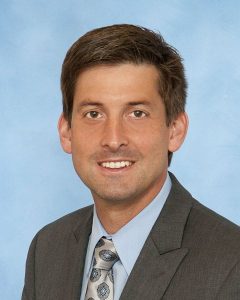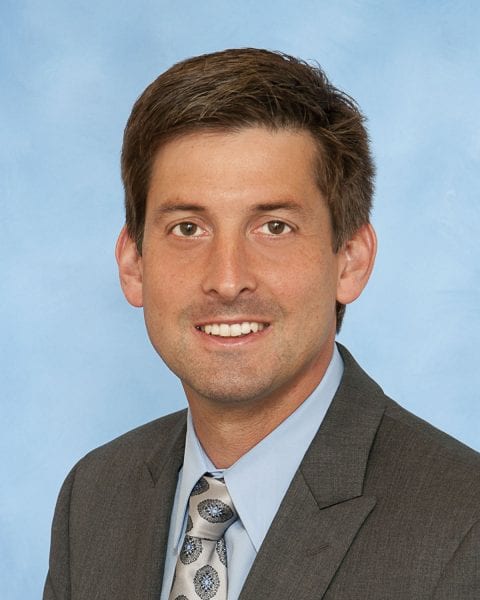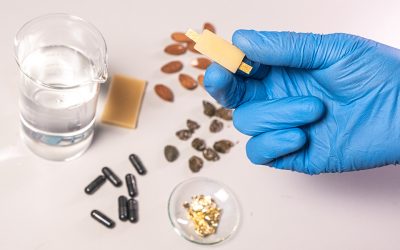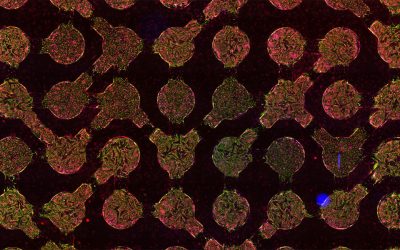 We welcome Jörg Lahann from the University of Michigan to the Advanced Materials Advisory Board. Jörg, who is also a board member of sister journal, Advanced Healthcare Materials, as well as Macromolecular Rapid Communications, brings tremendous expertise to the journal as a standout researcher across a broad range of topics, inlcuding advanced polymers, self-assembly, biomimetics, controlled release, and the engineering of microenvironments. We asked him upon his appointment to the board a few short questions about his research and scientific publishing in general.
We welcome Jörg Lahann from the University of Michigan to the Advanced Materials Advisory Board. Jörg, who is also a board member of sister journal, Advanced Healthcare Materials, as well as Macromolecular Rapid Communications, brings tremendous expertise to the journal as a standout researcher across a broad range of topics, inlcuding advanced polymers, self-assembly, biomimetics, controlled release, and the engineering of microenvironments. We asked him upon his appointment to the board a few short questions about his research and scientific publishing in general.
Can you briefly state how your own research focus has evolved over the course of your academic career, what may have inspired you to pursue these particular topics, and which direction your research might take in the future?
Trained as a macromolecular chemist, I decided to apply chemistry to solve problems in the area of biomaterials and biomedical engineering. The direct connection to health has always inspired me. In fact, it was a major driving force for my research. Also, my career has been heavily inspired by my mentors: Hartwig Hoecker and Bob Langer. In the future, I would like to continue to use our expertise in Chemistry and Materials to have a profound impact on people’s well-being. We recently established the Biointerfaces Institute at the University of Michigan to engage physical scientists and clinical researchers alike, to foster multidisciplinary translational research and to ultimately accelerate the path towards health benefits for patients.
What have been the highlights of your academic career?
It would be easy to point towards awards, papers, grants, or promotions in this regard, but for me, the highlight of my academic career is the daily work with my students and postdocs. This feeling, of jointly demonstrating and idea or hypothesis is what drives me in my academic career.
Within the broad scope of materials and polymer science, what do you consider to be the most pressing issues and challenges of the next 10 years
We, as a field, have made major progress over the last 10 years to bring molecular precision to polymers. Now, we have to leverage these macromolecular architectures towards precision engineering of materials, including the anisotropic design of materials systems. This will allow us to create autonomously active materials or to replicate complex biological architectures, such as the stem cell niche.
How do you see the future of scientific publishing with respect to Open Access and do you think this will this change the that way science is communicated?
For me, a rigorous scientific discourse is the essence of scientific communication. Although often seen controversially, scientific journals with their peer review process have served as the basis of scientific communication in recent decades. While this is probably not the only path for scientific exchange, any change in the publishing landscape will have to provide a podium for a profound and independent scientific discourse.
What advice would you give to students or early-career researchers wishing to follow a similar academic path to yours?
Follow your passion! You will be best in what you are passionate about.
Apart from research, what other interests do you have or have you had over your career, and how important is for you to strike a balance between your scientific and non-scientific life?
My family has always been very important to me; and I have always felt that sport can provide a great vehicle for releasing stress and providing a balance to science.
Further information about Prof. Lahann can be found on his homepage.

















